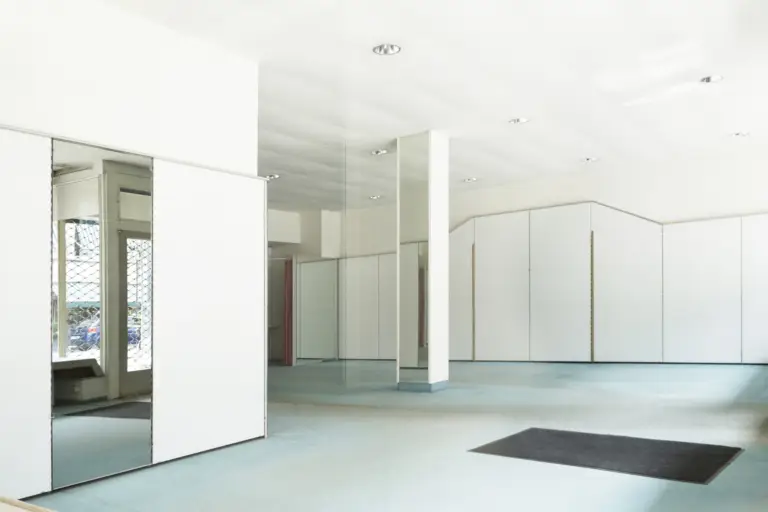As a retail business owner, you know the importance of attracting customers to your store. One way to do this is through tenant improvement, which is the process of renovating or customizing a commercial space to meet the needs of a tenant. Here are some tips on how to use tenant improvement to attract more customers to your retail space.
Optimize your layout and design
A well-designed layout can help customers navigate your store more easily and create a pleasant shopping experience. Consider using open floor plans, displays, and signage to guide customers through the store and highlight your products. You can also use lighting, colors, and materials to create a welcoming and visually appealing environment.
Incorporate technology
Technology can help enhance the customer experience and make shopping more convenient. For example, you could install digital displays or interactive kiosks that allow customers to learn more about your products or make purchases. You could also offer free Wi-Fi or mobile charging stations to keep customers engaged and connected.
Create a comfortable atmosphere
A comfortable atmosphere can encourage customers to stay longer and increase the likelihood of repeat visits. Consider adding seating areas, music, or even a refreshment station. You could also use scents or diffusers to create a pleasant aroma throughout the store.
Emphasize sustainability
Many consumers today are concerned about the environment and prefer to do business with companies that prioritize sustainability. You could incorporate sustainable materials, such as recycled wood or energy-efficient lighting, into your design. You could also offer reusable shopping bags or recycle bins in your store.
Offer unique experiences
Creating unique experiences can help your store stand out from competitors and encourage customers to return. Consider hosting events, such as product launches or pop-up shops, or offering classes or workshops related to your products. You could also partner with local artists or designers to showcase their work in your store.
In conclusion, tenant improvement can be a powerful tool for attracting more customers to your retail space. By optimizing your layout and design, incorporating technology, creating a comfortable atmosphere, emphasizing sustainability, and offering unique experiences, you can create a welcoming and memorable shopping experience that keeps customers coming back.
For a free consultation including free conceptual floor plans please give us a call at (858) 269-9235 or click HERE to complete our Contact Us form.




